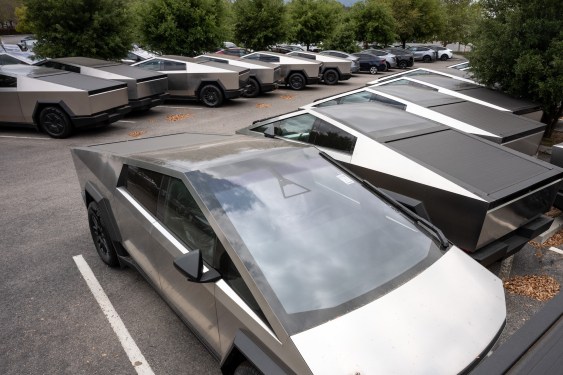Tesla faced significant challenges in the second quarter of 2025, with falling electric vehicle sales, lower average selling prices, reduced revenue from regulatory credits, and declining solar and energy storage revenue all impacting its financial performance. While the company saw a 17% growth in its services business, including revenue from its Supercharging network, it was not enough to offset the overall decline.
The company reported revenue of $22.5 billion, marking a 12% drop compared to the same period last year. However, this figure represented an improvement over the first quarter, when Tesla generated $19.3 billion in revenue. The second-quarter results narrowly exceeded analysts’ expectations, as forecasts had projected revenue of $22.13 billion.
Net income also saw a decline, with Tesla reporting $1.17 billion in the second quarter, down 16% from $1.4 billion in the prior year. Operating income fell even more sharply, dropping 42% year-over-year to $923 million. The decrease in earnings was primarily driven by lower vehicle sales, though reduced revenue from regulatory credits also contributed. Tesla earned $439 million from regulatory credits in the second quarter, a 50% decline from the previous year.
Earlier in the month, Tesla disclosed that it delivered 384,122 vehicles in the second quarter, a 13.5% decrease compared to 2024. Despite the decline, this was an improvement over the first quarter, when the company delivered 337,000 vehicles.
Beyond financial struggles, Tesla is contending with regulatory and legal pressures that could further hinder its efforts to revive sales. The California Department of Motor Vehicles is currently in a hearing arguing that Tesla should lose its license to sell vehicles in the state due to alleged false advertising related to its Autopilot and Full Self-Driving systems.
Additionally, a civil lawsuit is underway in Florida concerning a fatal 2019 crash involving a Tesla driver using Autopilot. The case, which allows a jury to consider punitive damages, focuses on how Tesla markets its Autopilot technology to customers. These legal challenges add another layer of complexity to Tesla’s efforts to stabilize its business.

